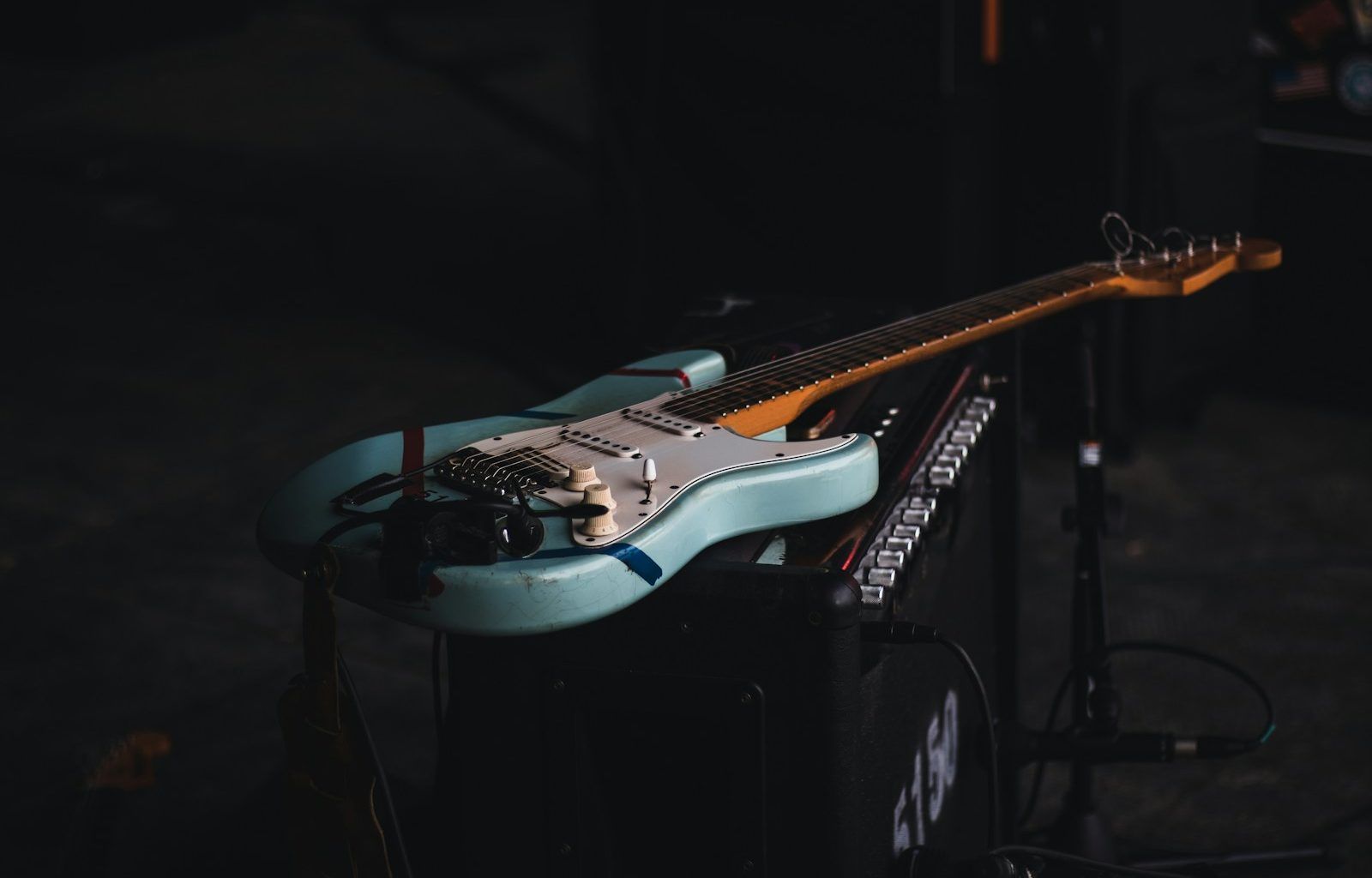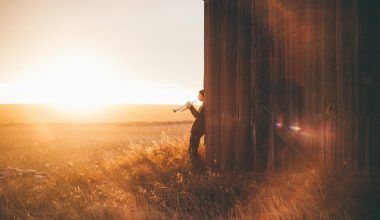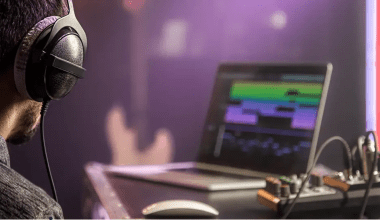Sampling music is an art form. It allows musicians, producers, and DJs to breathe new life into existing tracks by reusing portions of them in creative ways. But sampling music legally can be tricky if you don’t know the rules. Understanding how to legally sample music is essential to avoid lawsuits, maintain integrity, and respect other artists’ work. Don’t worry, though; this guide will simplify the process for you.
What Does “Sampling” Mean in Music?
Before diving into how to legally sample music, let’s clarify what sampling is. Sampling involves taking a segment of a pre-existing sound recording and incorporating it into your music. It could be anything from a drumbeat to a vocal phrase. Think of it like borrowing an ingredient for your recipe but transforming it into something new. Sounds exciting, right? But just like you wouldn’t borrow without asking, the same courtesy applies in music.
Why Do You Need Permission to Sample Music?
You might wonder, “If I’m only using a few seconds, do I really need permission?” The short answer is yes. Even a tiny snippet of someone else’s work is protected by copyright laws. Music creators spend hours perfecting their art, and copyright ensures they’re compensated when others use it.
Skipping this step could lead to costly legal troubles. Nobody wants to create something amazing only to face a lawsuit, right? So, let’s explore how you can avoid that.
Steps to Legally Sample Music
1. Identify the Song You Want to Sample
Start by pinpointing the track and the specific segment you wish to sample. The more precise you are, the easier the process becomes.
2. Determine Who Owns the Rights
Every song has two copyrights:
- Composition Copyright (melody, lyrics, arrangement)
- Sound Recording Copyright (the actual recording of the song)
You’ll need permission from both the composer and the recording owner to sample legally.
3. Contact the Copyright Holders
Once you know who owns the rights, reach out to them. Most artists or record labels have licensing departments that handle sampling requests. Be clear about how you plan to use the sample.
4. Negotiate a License Agreement
There are typically two types of licenses:
- Master Use License (for the sound recording)
- Mechanical or Sync License (for the composition)
Licensing costs vary depending on the track’s popularity, the length of the sample, and your intended use.
5. Get It in Writing
Never rely on verbal agreements. Make sure you receive a signed contract that outlines your rights and obligations.
Alternatives to Sampling
If getting a license feels too complicated or expensive, consider these alternatives:
- Royalty-Free Music Libraries: These platforms offer music you can use without worrying about licensing.
- Create Your Own Samples: Get creative and record your sounds to avoid copyright issues.
- Hire Session Musicians: Ask musicians to replicate the sound or vibe you’re looking for.
Common Misconceptions About Sampling
1. “Using Less Than X Seconds Is Okay”
There’s no safe duration for sampling without permission. Even a one-second sample can lead to legal trouble.
2. “I Changed the Sample Enough, So I Don’t Need Permission”
Transformative use doesn’t automatically exempt you from copyright laws. Always consult legal advice.
3. “It’s Fine if I’m Not Making Money”
Even if your project is non-commercial, unauthorized sampling can still result in a lawsuit.
Final Thoughts
Legally sampling music might sound overwhelming, but it’s doable with the right steps. Not only does it protect you from legal issues, but it also supports the artists whose work inspires you. So, the next time you’re tempted to use a killer beat or a soulful melody, take the legal route. It’s worth the effort.
For further reading, explore these related articles:
- The Evolution and Vibrance of the Indian Music Industry
- Zee Music Company Owner: Shaping the Sound of India
For additional resources on music marketing and distribution, visit DMT Records Private Limited.





